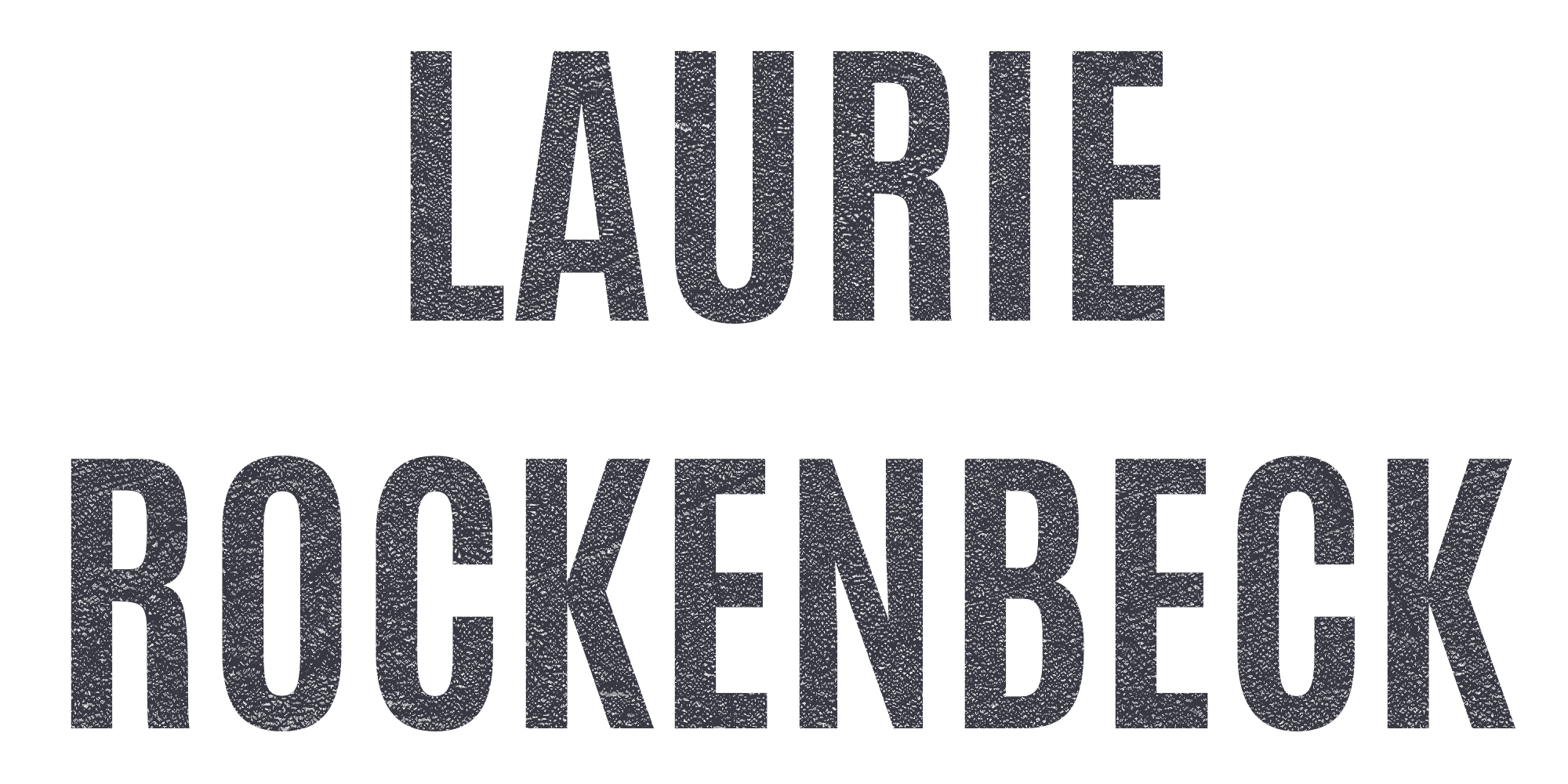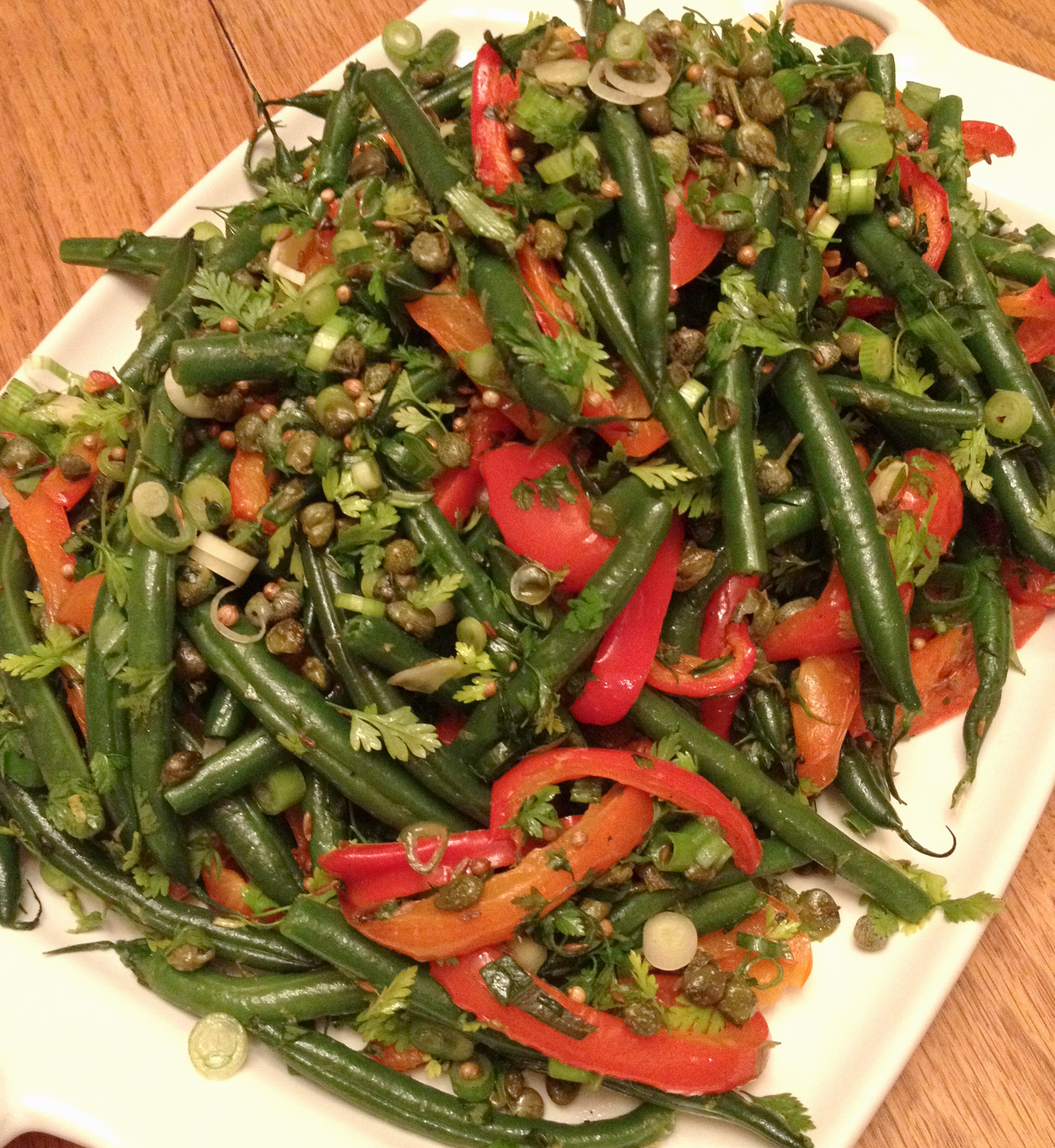The images of the food are stunning. Every picture makes me want to rush to the store to stock up on ingredients and start cooking even though it’s not even vegetarian, let alone vegan. There are, however, enough recipes that are, and I knew it would be a good addition to our cooking repertoire. The next day, we plunged into some cooking. The first photo (sorry, used my phone for pic) shows the first meal out of the book.
The Chermoula eggplant with bulgur and yogurt was a hit with everyone. The ten-year-old preferred his bulgur without the eggplant, but otherwise, the rest of us loved the unique combination. It looks a lot like traditional tabbouleh, but it differs from the parsley-mint variation I’ve made in the past. The inclusion of raisins, pitted green olives and toasted almonds complement the bite of the chermoula on the eggplant–both in flavor and temperature. I’ve made this dish as an entrée with a plain salad on the side for a simpler dinner. The bulgur makes a yummy lunch leftover.
The orange glop at the back of the plate is a Butternut Squash and Tahini spread–think hummus but sweet. We didn’t have the date syrup on hand, so I used the suggested substitute of maple syrup. I think that’s where we went wrong with this dish, and the maple made it too sweet. I found it barely palatable, but the rest of the family liked it well enough that it might end up on our table again–next time after a trip to the Med-Market for some date syrup.
The mixed bean salad called for mixed green and yellow wax beans. The store only had green, so imagine half the green beans in the picture as yellow for the full beauty of the dish. I love the way this looked on the plate, the way it smelled, too. There were two problems with this dish. First, the little bits and pieces of the dressing fell off the veggies and down onto the plate. The capers and scallions and other spices just didn’t “stick” to the peppers and beans. The other problem was the dressing. It called for drying whole coriander and cumin seeds with oil and garlic before tossing with the other ingredients. The whole spices ended up feeling apart and separate rather than integrated into the dish. My thoughts would be to simply use freshly roasted ground spices and heat them with the garlic and oil to create a better layer. I’m still loving the visual quality of the dish and am hoping to change it around so that we enjoy eating it, too.We’ve also made:
Fried Cauliflower with Tahini–very good, but we’d prefer it a little less rich than the recipe makes it. I also used an oven roasted cauliflower since I didn’t feel like cooking with oil that day.
Basmati & wild rice with chickpeas, currants & herbs–this recipe involves cutting up a bunch of onions super-super thin, frying them in oil until they are brown and crunchy and adding them to the other ingredients at the end. This is a delicious dish. I think the fried onions are critical, though, so not one we’ll make all that often. It might be one of my favorite things…ever.
Mejadra–This is considered the best comfort food by the two authors of the book. It requires even more fried onions than the dish above. But, it’s also very easy to make once you’ve got the onions made. I like it a lot, but I happen to be a real lentil and rice fan anyway.
We ended up missing the cook-book club that month, but the report back was that everything was pretty much a success there, too. We love the general flavor profile of the cuisine, and the book is a very welcome addition to my overflowing shelf.




Ooh, the mention of fried cauliflower has my mouth watering. Let me know when you’d be willing to loan the book. (And I believe his prior cookbook was all vegetarian, if you want to stuff those shelves even further…)